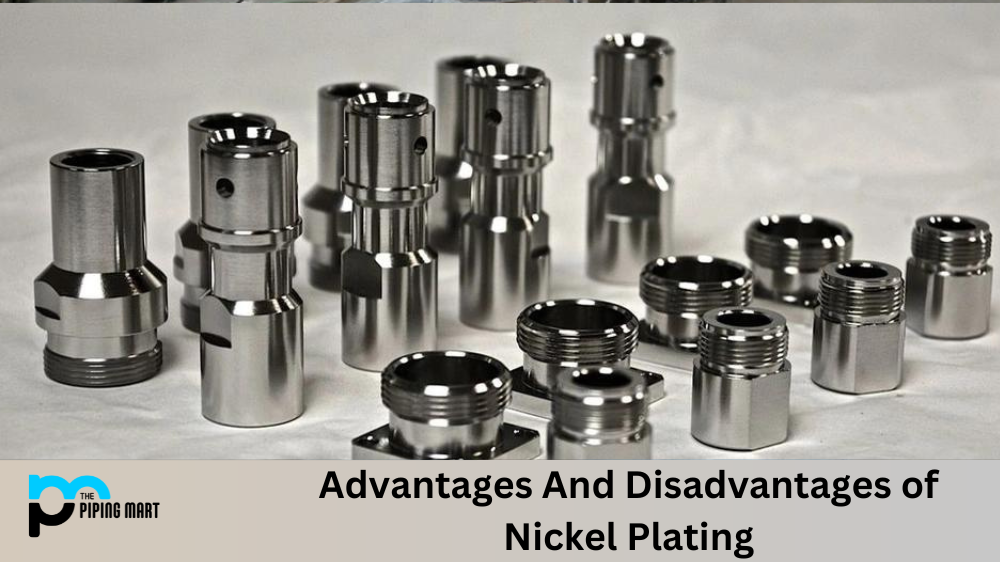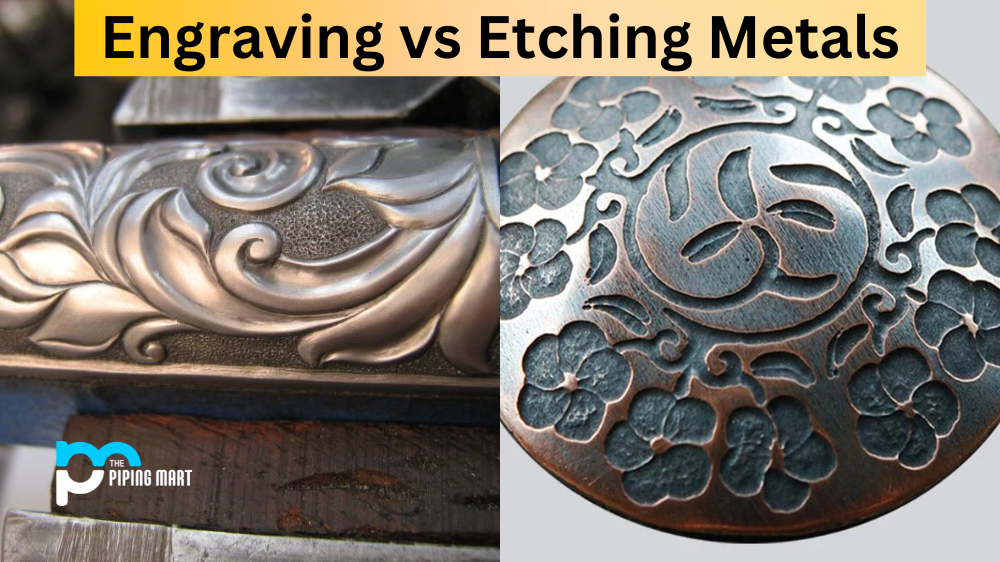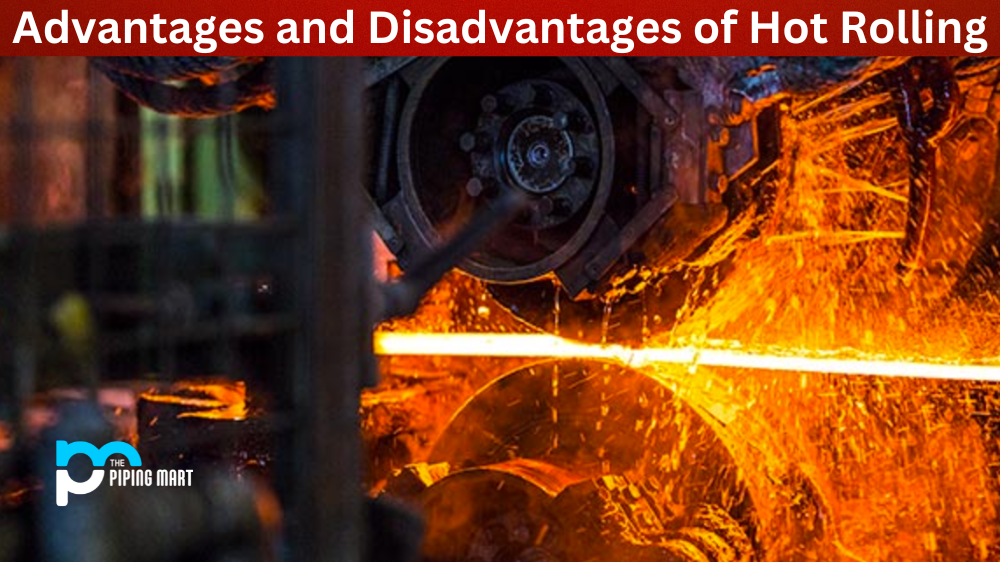Nickel plating is a popular process that provides additional protection, shine, and strength to metals like steel, brass, and aluminum. By applying an electrical current in a special solution called an electrolyte, nickel ions are attracted and form a uniform deposit on the metal surface, forming the desired nickel plating. This process requires specific processes to maintain quality and ensure success; these can range from thorough surface polishing beforehand and the use of pure distilled water for the electrolyte bath. Additionally, regulated temperature monitoring helps achieve a durable coating that will withstand oxidation for years. Ultimately, nickel plating is a highly effective way to improve various metals’ durability, aesthetic appearance, and functionality.
5 Advantages of Nickel Plating
There are several advantages of using nickel plating over other materials. One of the biggest benefits is that it’s one of the most cost-effective ways to protect metal surfaces from corrosion. Additionally, since it’s so durable, it requires very little maintenance after installation —just occasional cleaning with a mild detergent solution should do the trick! As mentioned earlier, it also offers an attractive finish, making it perfect for decorative purposes.
Finally, another significant advantage of nickel plating is its electrical conductivity —it’s one of the best metals for electricity conductivity! This makes it perfect for use in electrical components or appliances requiring high conductivity levels without corroding or degrading over time.
- Nickel plating provides a protective barrier against corrosion.
- Nickel plating can increase the lifespan of a metal object.
- Nickel plating can improve the appearance of a metal object.
- Nickel plating can provide electrical conductivity.
- Nickel plating can resist high temperatures.
5 Disadvantages of Nickel Plating
Nickel plating is an overall process used to protect certain metals from corrosion, but it has its own drawbacks. The nickel plating process requires high energy, which can be expensive and negatively impact the environment. Additionally, certain parts that go through the nickel plating process often require extensive cleaning afterward due to any particles or debris present in the chemicals. It is also important to note that nickel plating can limit a part’s ability to lubricate itself – making it more challenging to use in areas of constant motion. Lastly, due to the application process, there are cases where patchy results are left on the surface, which may require further treatments for an evenly distributed finish. Before implementing this finishing technique, all of these drawbacks associated with nickel plating should be considered.
- Nickel plating can be expensive.
- Nickel plating can be time-consuming.
- Nickel plating can be challenging to remove.
- Nickel plating can cause skin irritation.
- Nickel plating can cause allergic reactions.
Conclusion:
Nickel plating has its pros and cons, just like any other metal finishing process. It is important to weigh those factors when deciding if this is the right choice for your project. With proper care and maintenance, nickel-plated finishes can last long and provide excellent corrosion resistance.

A passionate metal industry expert and blogger. With over 5 years of experience in the field, Palak brings a wealth of knowledge and insight to her writing. Whether discussing the latest trends in the metal industry or sharing tips, she is dedicated to helping others succeed in the metal industry.




